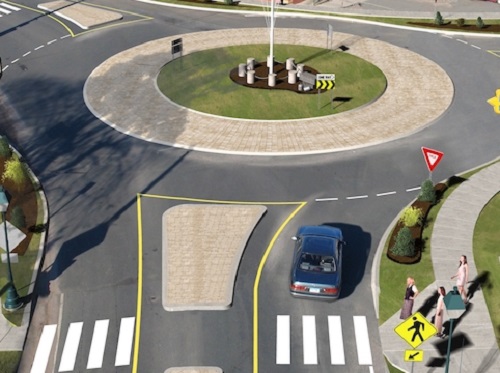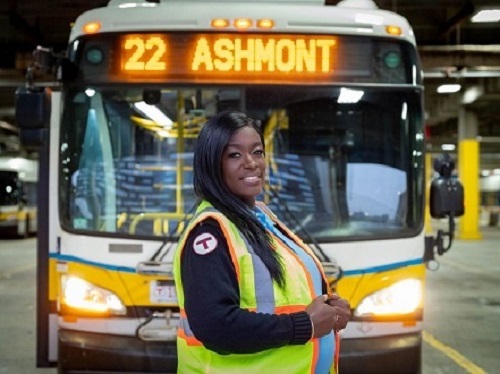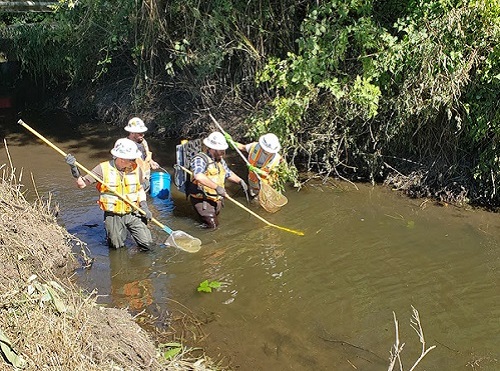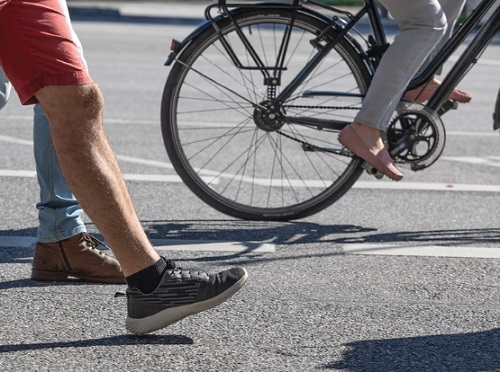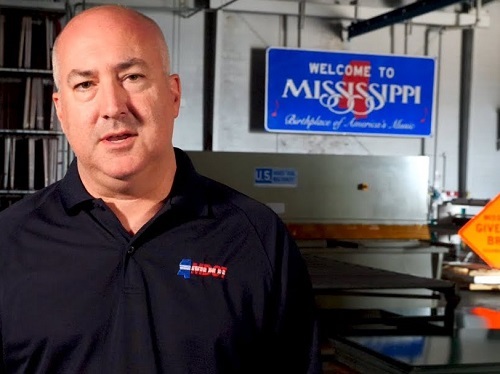FEDERAL ACTION
Biden admin limits water protections after Supreme Court ruling –Reuters
Growth in the Number of Vehicles in the U.S. Outpaced Growth in Population and Licensed Drivers from 1960 to 2021 -USDOE Office of Energy Efficiency & Renewable Energy
How a South Carolina faith leader and a California congressman are fighting for environmental justice -The Hill (opinion)
How the Clean Air Act paves the road to expanding electric vehicle chargers -The Hill (opinion)
INFRASTRUCTURE RESILIENCE AND SUSTAINABILITY
Taking Sidewalks Seriously –Governing
Airport Infrastructure: Selected Airports’ Efforts to Enhance Electrical Resilience –GAO
New gates set to help traffic control on weekend nights in Downtown Albuquerque -KRQE-TV
Registration surcharge coming for owners of electric vehicles, hybrids in NH -WMUR-TV
The Kingdom of Golf Carts – CityLab
AIR QUALITY
Burning tires and bridges: US residents ‘shocked’ by firm’s bitcoin-mining plan -The Guardian
AI And Mobility Data May Improve Air Pollution Exposure Models -Penn State University
ENVIRONMENTAL JUSTICE
WisDOT wants public feedback to make state roads more accessible -WMTV-TV
California will invest $750M to add housing, clean transportation in ‘jobs-rich’ areas -KTLA-TV
PA governor expands Environmental Justice protections -The Bradford Era
Advancing Net-Zero Goals to Achieve Environmental Justice -Natural Resources & Environment
NATURAL RESOURCES
Bees and Butterflies in Roadside Habitats: Identifying Patterns, Protecting Monarchs, and Informing Management -Idaho Transportation Department (pdf)
Michigan’s innovative mobility solution for national parks -Rapid Growth
The USGS Invests $1.5M in Local Partnerships to Improve Urban Waterways –USGS (media release)
CULTURAL RESOURCES
Funds for graffiti removal exhausted, Oregon DOT says -KPTV-TV
HEALTH AND HUMAN ENVIRONMENT/ACTIVE TRANSPORTATION
Want Your Kid To Do Better In School? Bike Or Walk There –Fatherly
New bike trail in New Castle County, Delaware funded with federal infrastructure dollars –WHYY
Transit permits for Chicago seniors and people with disabilities drop sharply -Chicago Tribune
Electric bicycles (e-bikes) are an increasingly common pediatric public health problem -Surgery Open Science
MU researchers study barriers and facilitators to accessing health care in rural Missouri -University of Missouri
The making of the longest rail trail in New England: the Lamoille Valley Rail Trail -Burlington Free Press
Some US airports strive to make flying more inclusive for those with dementia –AP
NJTPA Releases Active Transportation Plan -North Jersey Transportation Planning Authority (media release)
TRB RESOURCES/ANNOUNCEMENTS
Can You See Me? Testing Pedestrian and Bicycle Conspicuity Assumptions -TRB (webinar)
Improving MPO and SHSO Coordination on Behavioral Traffic Safety: Guide and Toolkit -Behavioral Traffic Safety Cooperative Research Program
Embedding Equity in Project Delivery -USDOT Volpe Center (webinar)
FEDERAL REGISTER NOTICES
Hazardous Materials: Suspension of HMR Amendments Authorizing Transportation of Liquefied Natural Gas by Rail -Pipeline and Hazardous Materials Safety Administration (Final rule)
Local Government Advisory Committee: Request for Nominations -EPA (Notice of request for Nominations)
U.S. Maritime Transportation System National Advisory Committee; Notice of Public Meeting -Maritime Administration (Notice)

